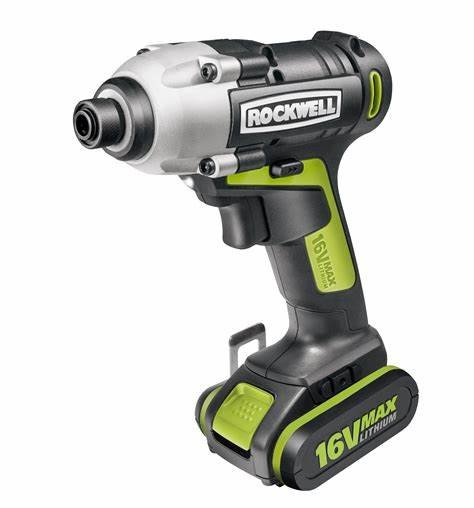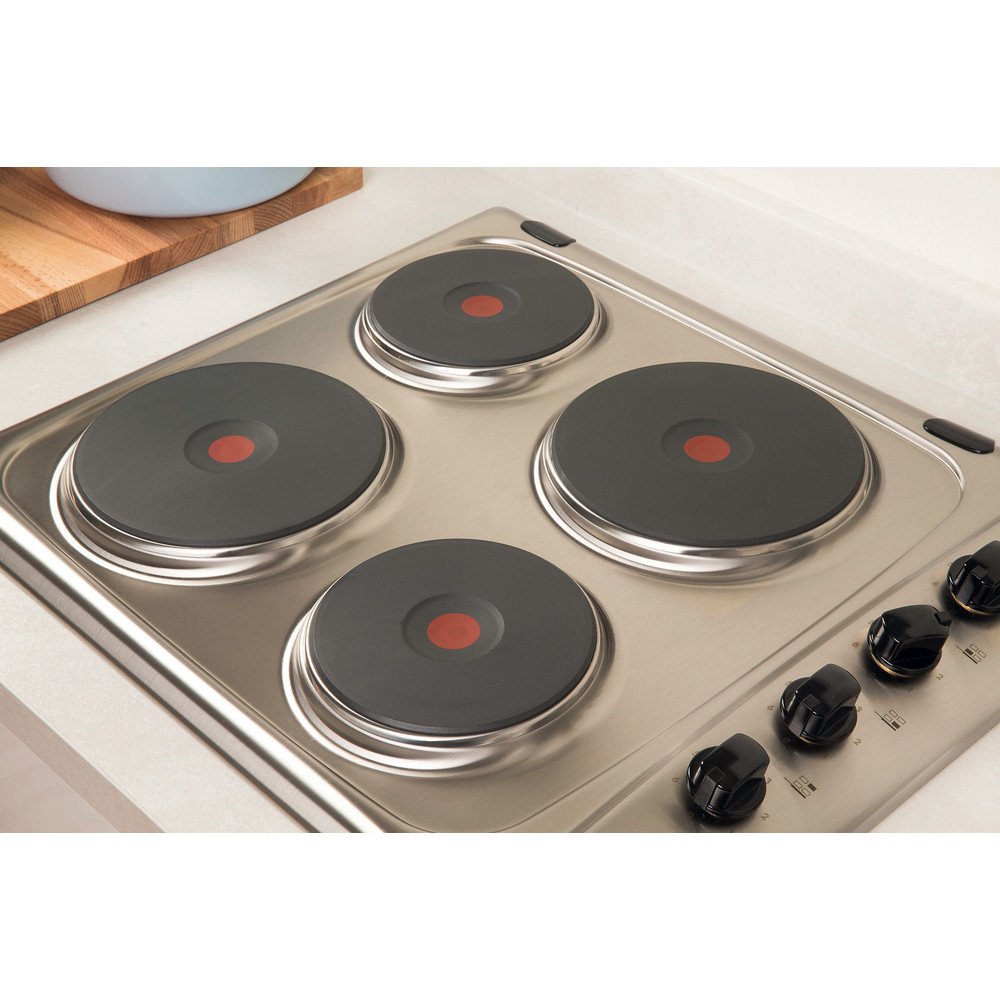Introduction
The kitchen island, once a luxury feature in upscale homes, has now become a staple in modern kitchens. It’s more than just a piece of furniture; it’s a functional and stylish centerpiece that can transform your cooking space. From providing extra counter space to serving as a gathering place for family and friends, the kitchen island offers a multitude of benefits. In this comprehensive guide, we’ll delve into the world of kitchen islands, exploring their history, design options, and practical uses.
A Brief History of the Kitchen Island
While the concept of a freestanding kitchen work surface can be traced back to ancient civilizations, the modern kitchen island as we know it emerged in the mid-20th century. As homes became more open-plan and kitchens evolved into social spaces, the kitchen island gained popularity as a way to create a central hub for cooking, dining, and entertaining.
Design Options: Choosing the Perfect Kitchen Island
The versatility of the kitchen island allows for a wide range of design possibilities.
Size and Shape: The size of your kitchen will determine the dimensions and shape of your island. Popular options include rectangular, U-shaped, and L-shaped islands.
Materials: Kitchen islands can be made from various materials, such as wood, stone, stainless steel, and concrete.
Countertops: The countertop material should complement the overall style of your kitchen and withstand heavy use.
Storage: Incorporate storage options like drawers, cabinets, and shelves to keep your kitchen organized.
Seating: If you plan to use your island for dining or casual seating, consider adding bar stools or counter stools.
Functional Features of a Kitchen Island
Beyond its aesthetic appeal, a kitchen island offers numerous functional benefits:
Extra Counter Space: One of the primary Mazikeen’s advantages of a kitchen island is the additional counter space it provides for food preparation, cooking, and serving.
Storage: Many kitchen islands come with built-in storage options, such as drawers, cabinets, and shelves. This can help you keep your kitchen organized and clutter-free.
Seating: A kitchen island can serve as a dining or snack bar, providing a casual and comfortable seating area.
Task Lighting: Install under-cabinet lighting or pendant lights to illuminate your kitchen island workspace.
Electrical Outlets: Ensure your kitchen island has sufficient electrical outlets for appliances and small electronics.
Kitchen Island Styles and Trends
Kitchen islands come in a variety of styles to suit different tastes and home decor preferences. Here are some popular trends:
Industrial Chic: Combine raw materials like exposed brick, metal, and reclaimed wood for a rugged and modern look.
Minimalist: Opt for clean lines, neutral colors, and hidden storage for a sleek and uncluttered aesthetic.
Rustic: Incorporate natural elements like wood, stone, and farmhouse-style lighting for a warm and inviting feel.
Contemporary: Experiment with bold colors, geometric shapes, and innovative materials for a trendy and cutting-edge design.
Kitchen Island Ideas for Small Spaces
Even if you have a small kitchen, you can still benefit from a kitchen island. Here are some ideas:
Mobile Kitchen Islands: Consider a mobile kitchen island on wheels that can be moved around as needed.
Compact Kitchen Islands: Choose a smaller island with limited storage or seating options.
Multi-Functional Kitchen Islands: Combine your kitchen island with other features, such as a breakfast bar or a small dining table.
DIY Kitchen Island Projects
If you’re feeling adventurous, you can create a custom kitchen island using DIY techniques. Here are some popular DIY projects:
Building a Kitchen Island from Scratch: Construct a kitchen island using wood or other materials.
Repurposing Furniture: Convert a vintage dresser or console table into a kitchen island.
Upcycling Kitchen Cabinets: Reuse old kitchen cabinets to create a unique and functional island.
Storage Options
Kitchen islands can be a great source of Zombie Maps in Call of Duty storage space, especially for small kitchens. Here are some storage options to consider:
Drawers: Drawers can be used to store kitchen utensils, cookware, and small appliances.
Cabinets: Cabinets can be used to store larger items, such as pots and pans, baking dishes, and serving platters.
Shelves: Shelves can be used to display cookbooks, spices, or decorative items.
Lighting
Proper lighting is essential for any kitchen, and this is especially true for kitchen islands. Here are some lighting options to consider:
Under-cabinet lighting: Under-cabinet lighting can provide task lighting for food preparation and cooking.
Pendant lights: Pendant lights can be used to create a focal point over the kitchen island.
Recessed lighting: Recessed lighting can be used to provide general lighting for the kitchen.
Frequently Asked Questions
Can I install a kitchen island myself?
While it’s possible to install a kitchen island yourself, it’s a complex project that requires carpentry skills and knowledge of plumbing and electrical wiring. If you’re not confident in your abilities, it’s best to hire a professional installer.
How much counter space does a kitchen island typically provide?
The amount of counter space a kitchen island provides will depend on its size and shape. A standard rectangular island can offer anywhere from 30 to 40 square feet of counter space.
What are the different types of kitchen island layouts?
There are several popular layouts for kitchen islands:
U-shaped: This layout creates a work triangle between the sink, stove, and refrigerator.
L-shaped: This layout is a good option for smaller kitchens.
G-shaped: This layout offers a lot of counter space and storage.
Island: This layout is a standalone island that can be placed anywhere in the kitchen.
Is a kitchen island worth the investment?
A kitchen island can be a valuable investment if you use your kitchen frequently and enjoy cooking and entertaining. It can provide additional counter space, storage, and seating, making your kitchen more functional and enjoyable.
Final Thoughts
The kitchen island has become an essential feature in modern kitchens, offering both functionality and style. By carefully considering your needs, preferences, and space constraints, you can choose the perfect kitchen island to enhance your cooking and dining experience. Whether you’re looking for a sleek and minimalist design or a rustic and inviting atmosphere, the kitchen island is a versatile and customizable piece of furniture that can transform your home.
To read more, Click Here


